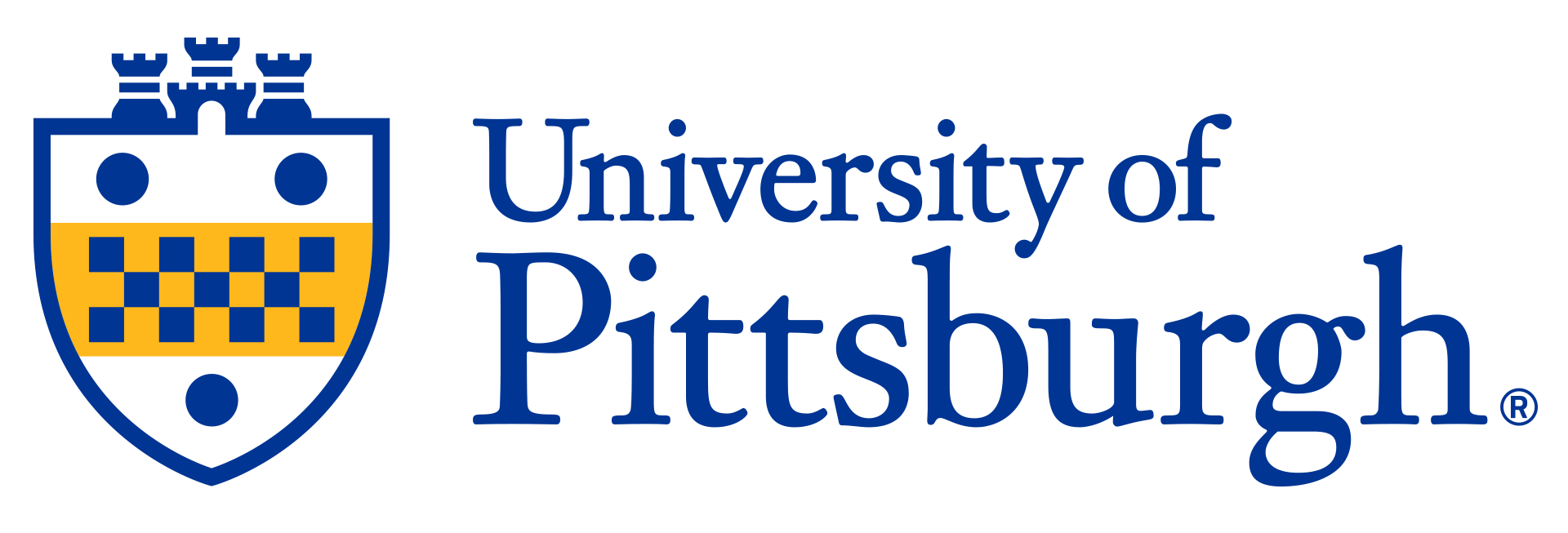

A Novel Platform for Enhanced Inner Ear Drug Delivery and Gene Therapy
This invention utilizes extracellular vesicles (exosomes) harvested from the round window membrane (RWM) to create a new, highly efficient system for delivering therapeutic agents to the inner ear. This innovative approach overcomes the low efficiency of current delivery methods, which are often hindered by the RWM, thereby improving the clinical treatment of inner ear conditions.
Description
The technology is a new drug delivery system that leverages native exosomes released by cells of the round window membrane (RWM). The RWM is the primary barrier for drugs entering the inner ear via intratympanic injection. This invention introduces a method to harvest these RWM extracellular vesicles (EVs) and load them with various therapeutic compositions, including drugs like dexamethasone and gene therapy vectors such as adeno-associated viruses (AAVs). The exosomes possess natural membrane features and molecular components that enable them to more effectively penetrate the RWM, providing a sustained and gradual release of the therapeutic payload. This delivery platform has been shown to enhance the efficiency of drug passage and gene transduction to inner ear cells.Applications
- Hearing Loss Treatments: Delivering therapeutics to improve clinical treatments for hearing loss.- Gene Therapy: Facilitating gene therapy for inner ear conditions by improving the transduction efficiency of viral vectors.
- Inflammatory Inner Ear Conditions: Delivering anti-inflammatory drugs, such as dexamethasone, to treat conditions in the inner ear.
- Neurotrophic Factor Delivery: A potential application is the delivery of growth-enhancing factors, such as brain-derived neurotrophic factor (BDNF), to promote healing.
- Targeted Drug Administration: A method for administering a broad range of pharmaceutical compositions, including hormones and other factors, to the inner ear.
Advantages
- Enhanced Delivery Efficiency: The invention significantly improves the passage of therapeutic agents across the RWM to the inner ear, which is a major limitation of current intratympanic injection methods.- Sustained Release: The extracellular vesicles provide a gradual release of the loaded therapeutic compositions.
- Versatile Platform: The exosomes can be loaded with a variety of therapeutic compositions, including small molecules, proteins, and gene therapy vectors.
- Improved Gene Transduction: Loading adeno-associated viruses (AAVs) into the vesicles enhances the efficiency of gene transduction, comparable to using a ten-times higher concentration of the naked virus.
- Minimizes Immune Response: The native RWM exosomes are expected to elicit minimal immune responses, which is a common challenge with other delivery systems.